Can Occupational Therapy Improve Brain Injury
Trauma to the brain happens when you least expect it, causing varying degrees of damage. For some, the harm is minimal, taking only a few days to recover. Severe issues cause long-term impairment with cognitive, visual, and physical symptoms. For these brain injuries, occupational therapy is often recommended amongst other rehab therapies to help you regain those skills and your independence.
Let’s see what occupational therapy can do to improve the condition of someone with brain injury. This therapy is designed to treat symptoms affecting your daily routine. Various symptoms could occur, including headache, blurred vision, nausea, confusion, vertigo, slurred speech, fatigue, and several others. Trained professionals assess the damage from the TBI and decide on the best treatment to improve your symptoms. This therapy for TBI is customizable to match your injury, limitations, and recovery goals.
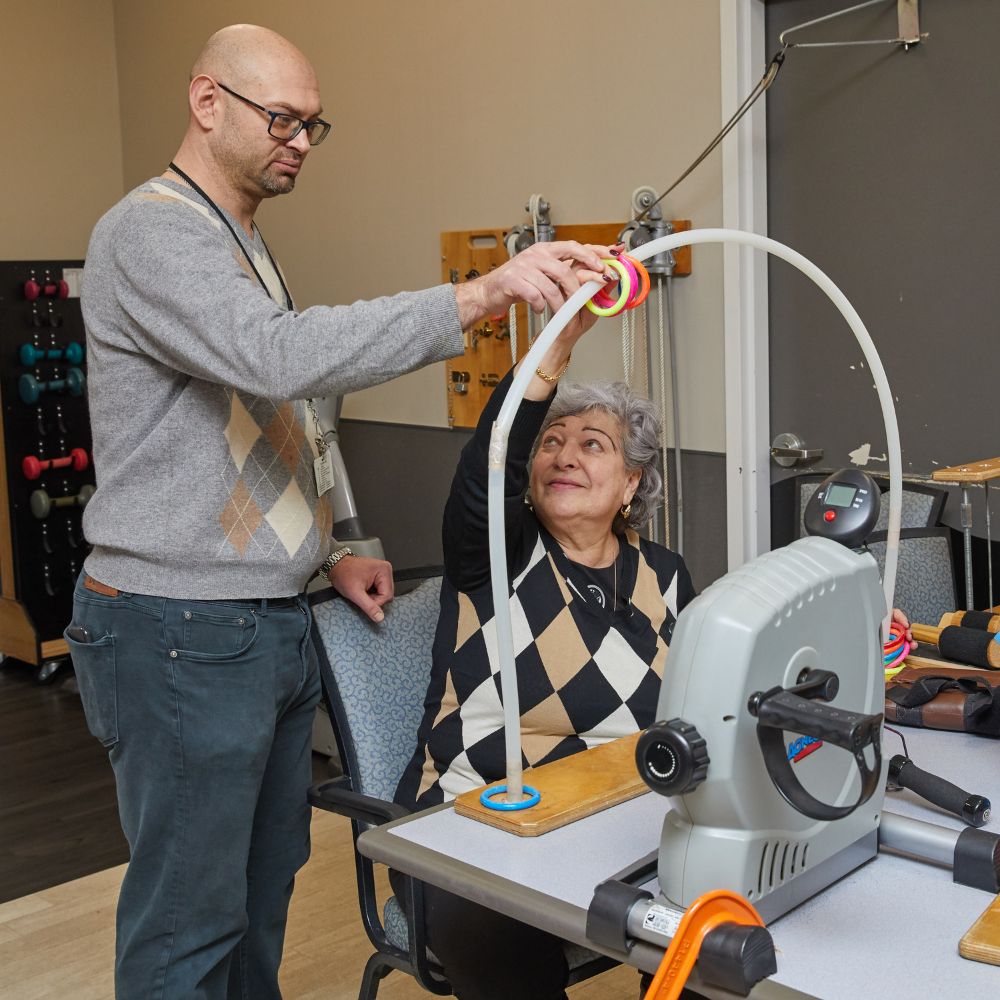
Effects of Occupational Therapy for Brain Injury
There are few therapies for people with TBI and occupational is one of them. However, occupational therapy can be extremely useful for people with neurological conditions, including those with brain injury.
This therapy helps people develop coping strategies and manage emotional and psychological challenges. It focuses on helping them to regain their ability to perform daily activities and improve their overall quality of life.
Occupational therapists can recommend changes to the home or work environment to make it safer and more accessible, such as installing grab bars or modifying kitchen layouts.
It helps with cognitive and behavioral issues
Therapists work on strategies to manage behavioral changes and improve self-regulation and impulse control. Techniques are used to improve cognitive functions such as planning, organization, and problem-solving skills, which are often impacted by TBI.
Cognitive and behavioral issues are common after brain damage, including confusion, lack of concentration, poor decision-making, sleep issues, memory problems, and irritability. Luckily, many of these symptoms are treatable with the proper rehab. Therapists work on cognitive rehabilitation to improve memory, attention, problem-solving, and executive functions affected by the injury.
Occupational therapy is one of the most important parts of cognitive rehabilitation after a brain injury. It includes several treatment options, each designed to help with specific issues. Focus troubles are treated using attention process training, while word lists, mnemonic devices, and visual imagery target memory loss. You’ll learn to plan and organize your day to avoid missing appointments or forgetting important tasks.
Visual
Visual problems are often experienced after a traumatic brain injury. These include double vision, blurring, impaired depth perception, light sensitivity, reduced clarity, or partial loss. Such symptoms may even come and go or worsen over time.
Though treating the brain injury is the first step to recovery, occupational therapy is often required to improve symptoms. A trained therapist determines the extent of your vision issues and how they impair your abilities. They may recommend visual exercises, such as tracking, scanning, or eccentric viewing. Home visits may also be scheduled to add safety equipment and remove obstacles for fewer risks.
Physical
With movement issues, physical therapy may seem the obvious choice to repair physical symptoms. But physical therapy may not always be the best option since it’s mainly used to increase strength and range of motion, which is also important. Occupational therapy helps you regain the physical skills needed to resume your daily routine.
Balance problems, dizziness, weakness, paralysis, fatigue, or reduced mobility are common after a brain injury. Occupational therapy gives you access to mobility aids, including walkers, crutches, or canes, to make movement easier. Your therapist will also teach you new ways to perform tasks, like dressing, washing, or writing.
Brain injuries
Brain injuries result from something hitting the head or entering the brain. The damage ranges from immediate issues to those that happen slowly, sometimes developing weeks after the injury.
Traumatic brain injury rehabilitation takes many forms, depending on the cause and extent of the wound. As well as occupational therapy, it often includes physical therapy to increase strength, range of motion, and flexibility. Speech therapy, psychiatric care, and social and family support are also vital aspects of treatment.
With proper rehab, tasks you may struggle with, like dressing, bathing, shopping, cleaning, or driving, can be regained.
Overall, occupational therapy is a holistic approach that addresses various aspects of recovery and adaptation for patients with brain injury. By focusing on practical skills, emotional well-being, and environmental adjustments, this therapy plays a crucial role in helping people achieve a higher level of independence and improve their quality of life after a traumatic brain injury.
Resources:
- National Institute of Neurological Disorder and Stroke, Traumatic Brain Injury (TBI) https://www.ninds.nih.gov/health-information/disorders/traumatic-brain-injury-tbi
- Cleveland Clinic, Occupational Therapy https://my.clevelandclinic.org/health/treatments/occupational-therapy
- NCBI, May-June 2016, Cognitive Impairment and Rehabilitation Strategies After Traumatic Brain Injury https://www.ncbi.nlm.nih.gov/pmc/articles/PMC4904751/
- Better Health Channel, Vision loss – neurological https://www.betterhealth.vic.gov.au/health/conditionsandtreatments/vision-loss-neurological
- Bright Focus Foundation, August 26, 2022, How Occupational Therapy Can Improve Life With Low Vision https://www.brightfocus.org/macular/article/how-occupational-therapy-can-improve-life-low-vision
- Headway, Physical effects of brain injury https://www.headway.org.uk/about-brain-injury/individuals/effects-of-brain-injury/physical-effects-of-brain-injury/#:~:text=A%20brain%20injury%20can%20cause,an%20increased%20risk%20of%20falls
This article contains informational and educational materials and does not replace health or medical advice. For questions or concerns regarding your medical condition or health objectives, speak to a qualified physician or healthcare provider.
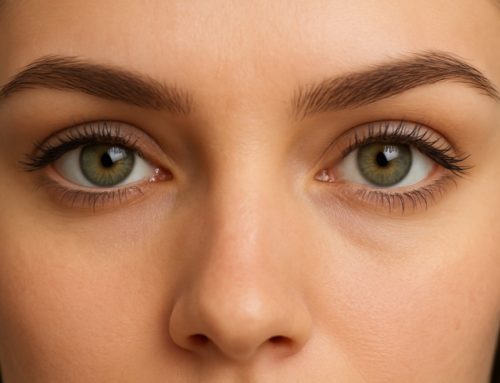

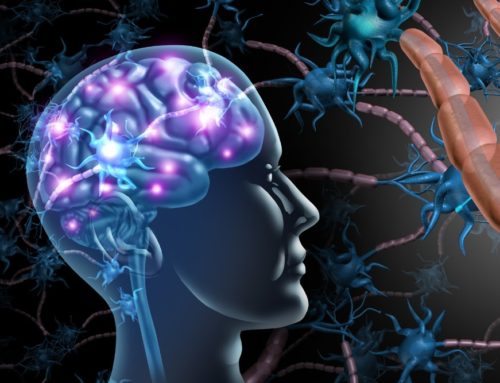
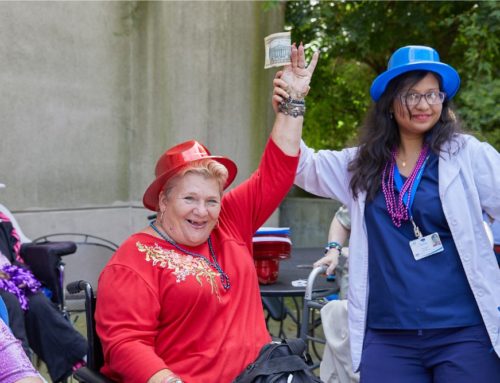
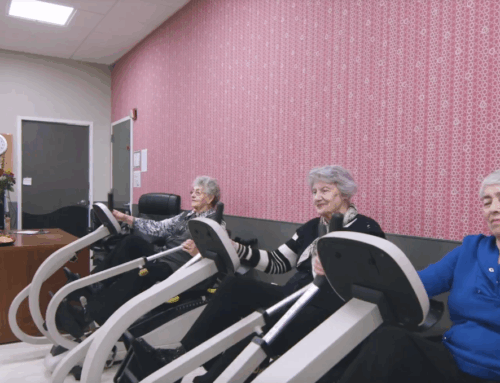

Leave A Comment